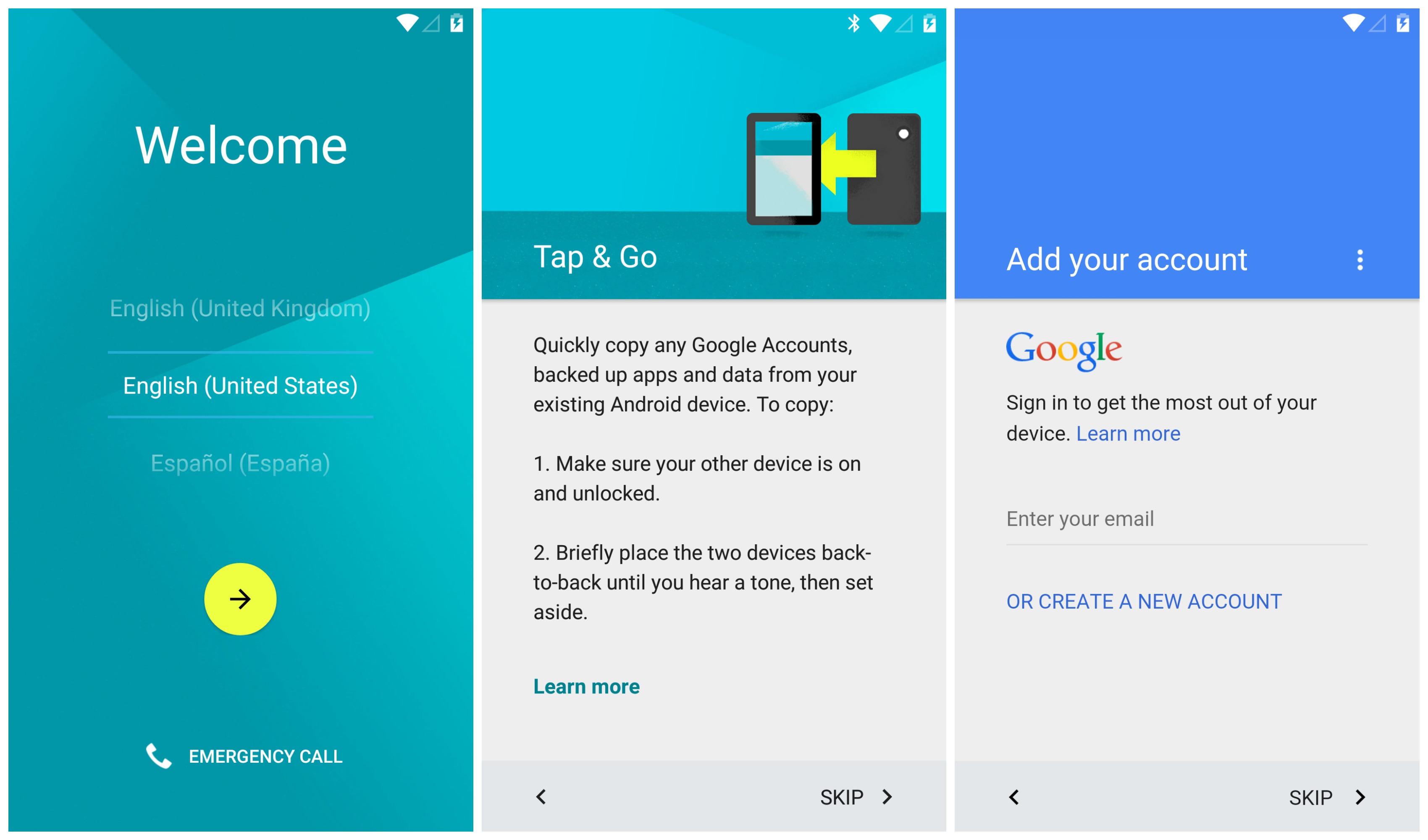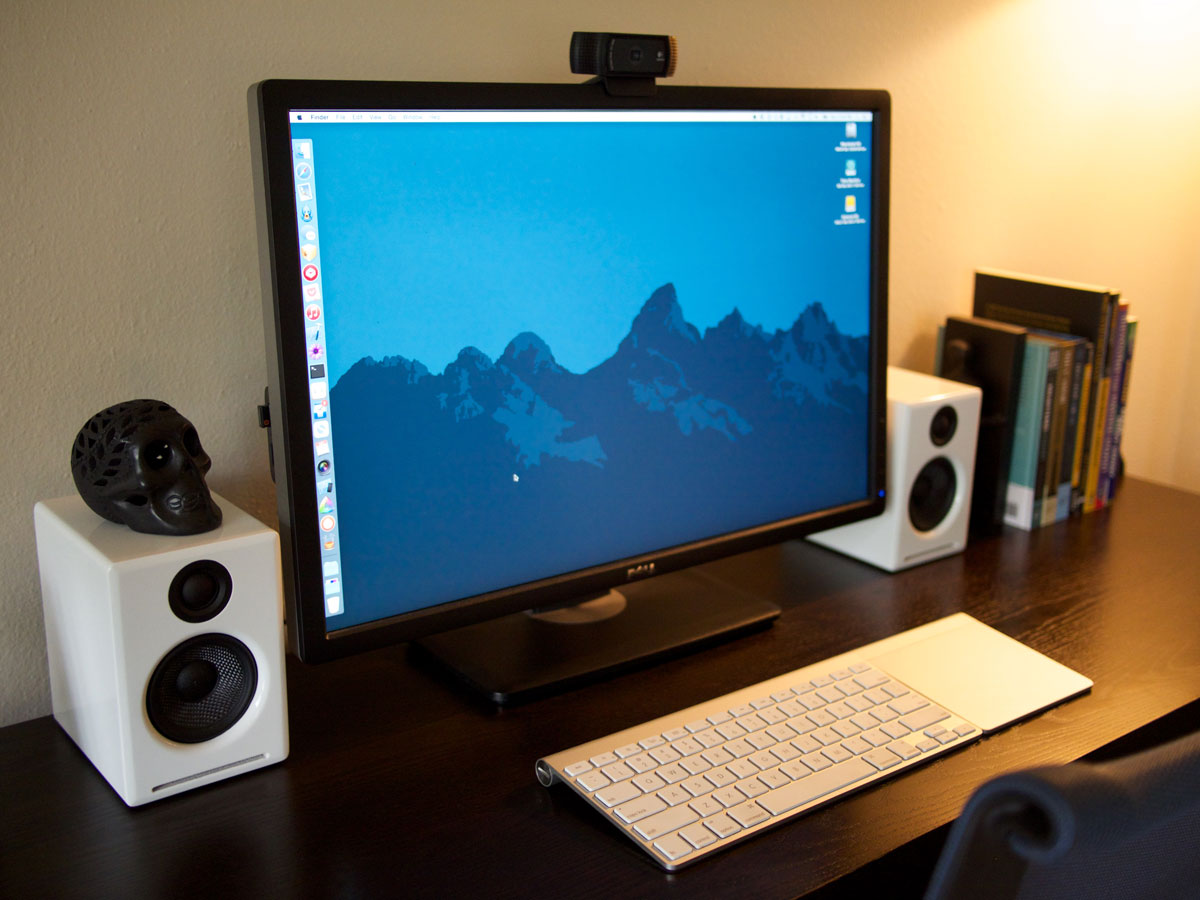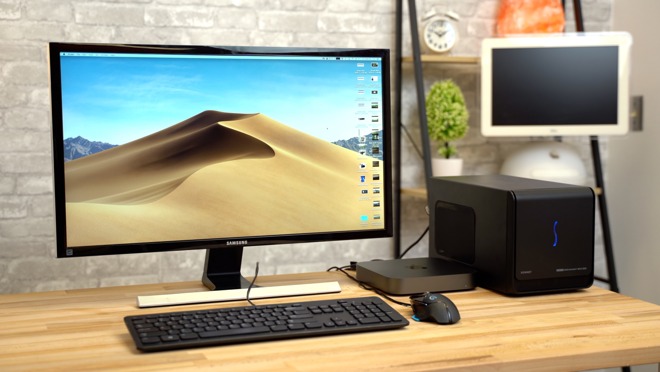- Install Android On Mac
- Use Android Apps On Mac
- Install Android Studio Mac
- Android Setup For The Ring
- Android Setup For Macbook
If you are a network administrator, you probably have to deal with mac addresses often. MAC address is required to identify a device on a particular network and manage its connection. Although it’s similar to the device ID, but it’s specifically used for network connection.
You can use it to restrict network access to specific devices, apply network rules, and even change it to spoof a different device. I am sure you can see how important it is to know your device’s MAC address. Therefore, today I will show you 4 ways to find MAC address on any Android phone.
1. Find MAC address from the device information
The quickest way to find MAC address on Android is to look for it in the About device section.
- LDPlayer is an Android emulator for gamers, running Android Nougat 7.1.
- Note: On Android versions prior to 4.2 (Jelly Bean), the Developer options are enabled by default. Go to Settings Developer options (or, if this does not work, on some devices the path is Settings System Developer options), and check the USB debugging checkbox. Android now enters debug mode when it is connected to a computer via USB.
Here’s how to access it:
- Go to “Settings” and tap on “About device”.
- Here tap on “Status” and you’ll find the MAC address under the “WiFi MAC address”
NOTE: You can find Android Home url from Android Studio Preferences System Settings Android SDK Android SDK Location textbox To save it, hit Ctrl + X, type Y to save and then enter to keep the file name as it is. Setup Android SDK on a Mac Raw. Androidinstructions28.md Here is a high level overview for what you need to do to get most of an Android environment setup.

You can tap and hold on the MAC address to copy it and paste it anywhere you like.
2. Find MAC address from the WiFi settings
Alternatively, you can also find MAC address from WiFi advanced settings. Follow the below instructions:
- Access “Settings” and tap on “Connections” (or WiFi and networks) option.
- Now tap on “Advanced” button at the top-right corner.
- In the Advanced settings, you’ll find the MAC address at the bottom.
3. Use a dialer code to find MAC Address
If you are one of those geeky users who like using codes, then you’ll surely like this option. Like many other secret Android codes, there is also a dial pad code to find MAC address on Android. Here’s is what you need to do:
Open up the dial pad (the app you use for calling) and enter the code *#*#232338#*#*. A tiny window will open up to show your mac address.

Note: This trick may not work on some Android phones. For example, it doesn’t work on my Samsung device.
4. Use a MAC address finder app
If you frequently need to look for the MAC address of your Android phone, then using a dedicated app might be a better option. There are many apps for this purpose, but I recommend What’s my MAC address for its simplicity.
Just install and launch the app and it will show the device MAC address on the top. Additionally, it also shows SSID and BSSID (WiFi MAC address), which could also be useful in many situations. If you need to copy any of the information, just tap and hold on it.
Ending thoughts
These are all the methods I know to find MAC address on Android devices. I particularly like the first method on this list as it’s easier to access and you also have the option to copy the MAC address. If you know any other ways to find MAC address on Android, let us know in the comments below.
Setting up Android Studio takes just a few clicks.
Install Android On Mac
First, be sure you download the latest version of Android Studio.
Windows
To install Android Studio on Windows, proceed as follows:
- If you downloaded an
.exefile (recommended), double-click to launch it.If you downloaded a
.zipfile, unpack the ZIP, copy the android-studio folder into your Program Files folder, and then open the android-studio > bin folder and launchstudio64.exe(for 64-bit machines) orstudio.exe(for 32-bit machines). - Follow the setup wizard in Android Studio and install any SDK packages that it recommends.
That's it.The following video shows each step of the setup procedure when using the recommended.exe download.
As new tools and other APIs become available, Android Studio tells youwith a pop-up, or you can check for updates by clicking Help >Check for Update.
Mac
To install Android Studio on your Mac, proceed as follows:

- Launch the Android Studio DMG file.
- Drag and drop Android Studio into the Applications folder, then launch Android Studio.
- Select whether you want to import previous Android Studio settings, then click OK.
- The Android Studio Setup Wizard guides you through the rest of the setup, which includes downloading Android SDK components that are required for development.
That's it.The following video shows each step of the recommended setup procedure.
As new tools and other APIs become available, Android Studio tells youwith a pop-up, or you can check for updates by clicking Android Studio> Check for Updates.
Note: If you use Android Studio on macOS Mojave or later, you might see a prompt to allow the IDE to access your calendar, contacts, or photos. This prompt is caused by new privacy protection mechanisms for applications that access files under the home directory. So, if your project includes files and libraries in your home directory, and you see this prompt, you can select Don't Allow.
Linux
To install Android Studio on Linux, proceed as follows:

- Unpack the
.zipfile you downloaded to an appropriate location for your applications, such as within/usr/local/for your user profile, or/opt/for shared users.If you're using a 64-bit version of Linux, make sure you first install the required libraries for 64-bit machines.
- To launch Android Studio, open a terminal, navigate to the
android-studio/bin/directory, and executestudio.sh. - Select whether you want to import previous Android Studio settings or not, then click OK.
- The Android Studio Setup Wizard guides you through the rest of the setup, which includes downloading Android SDK components that are required for development.
Tip:To make Android Studio available in your list of applications, selectTools > Create Desktop Entry from the Android Studio menu bar.
Required libraries for 64-bit machines
Use Android Apps On Mac
If you are running a 64-bit version of Ubuntu, you need to install some 32-bitlibraries with the following command:
If you are running 64-bit Fedora, the command is:
That's it.The following video shows each step of the recommended setup procedure.
As new tools and other APIs become available, Android Studio tells youwith a pop-up, or you can check for updates by clicking Help >Check for Update.
Chrome OS
Follow these steps to install Android Studio on Chrome OS:
Install Android Studio Mac
- If you haven't already done so, install Linux for Chrome OS.
- Open the Files app and locate the DEB package you downloaded in theDownloads folder under My files.
Right-click the DEB package and select Install with Linux (Beta).
- If you have installed Android Studio before, select whether you want toimport previous Android Studio settings, then click OK.
The Android Studio Setup Wizard guides you through the rest of thesetup, which includes downloading Android SDK components that arerequired for development.
After installation is complete, launch Android Studio either from theLauncher, or from the Chrome OS Linux terminal by running
studio.shinthe default installation directory:/opt/android-studio/bin/studio.sh
That's it. As new tools and other APIs become available, Android Studio tells youwith a pop-up, or you can check for updates by clicking Help >Check for Update.
Android Setup For The Ring
 Note:
Note:Android Setup For Macbook
Android Studio on Chrome OS currently supports deploying your app only toa connected hardware device. To learn more, read Run apps on a hardwaredevice.